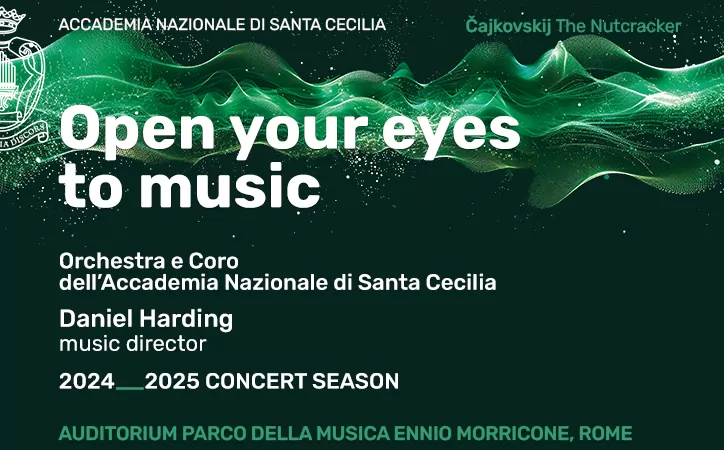A mountain for all seasons
Monte Amiata, the highest mountain in southern Tuscany at 1,738 metres, is a tame, almost extinct volcano. There is sufficient activity to run a geothermal power station at Piancastagnaio and to heat the baths of Bagno Vignoni, but not enough to shake its flanks.
Its a mountain for all seasons too. Not that far up Via Cassia from Rome, but far enough to put it firmly in Tuscany, the twin summits are well-equipped for skiing, and there are several good hotels. There is all the equipment you need for winter fun, for skiing or tobogganing, and the woods have some great off-piste runs. If you are not a skier, there are fine panoramas to be had from a vertiginous viewing platform near the extraordinary iron cross near the top, rebuilt in the 1940s after German troops had destroyed the original. On a clear day, you can glimpse far-away mountains including Monte Venere that overshadows Lake Vico, or even the Gran Sasso. There is also a statue of the Madonna of the boy scouts, which perches above tumbled volcanic rocks, adorned by votive offerings of neckties from zealous scouts.
There are plenty of bars and restaurants, and stalls and huts sell kitsch, but not so much as to offend. The beech woods which cover much of the higher slopes of the mountain are beautiful and serene in any season. This vast area of unspoilt woodland is full of mushrooms when the weather is right, and is occupied by all kinds of wildlife throughout the year, from deer to wild boar, from buzzards to tree creepers, from snakes to porcupines.
Lower down the hillside are chestnut woods, and here autumn is the best time to explore, as the colours are wonderful. Plumes of smoke rise from fires where local farmers have cleared the undergrowth, still following the annual rhythm of life. Things have changed, of course, and the once-familiar sound of braying donkeys has been replaced by the mechanical chugging of mini tractors. There is not much agricultural activity left on the mountain, as the younger generation has slipped off to find work in the building trade, or to live in the cities. In this region it no longer pays to scrape a living off the land, unless you own big groves of olive trees or are lucky enough to have a rich vineyard.
The charming town of Montalcino, which gives the wine Brunello di Montalcino its name, is not quite on Monte Amiata, but it is only a few kilometres to the north. Built by exiles from the just-visible Siena, its inhabitants found that their S. Giovese grapes grew bigger and better here than in the Chianti region, and that the rich red wine they produced kept well in oak barrels. There are dozens of different versions of the wine to choose from, and many can be bought directly from the producers. For a particularly sophisticated experience you might like to seek out the Castello Banfi, where you can try a variety of wines in the beautiful castle, and also inspect the wonderful glass museum.
There is now a rival name in wine close to Montalcino, though it has yet to prove itself. You will see yellow signs to the Strada di Vino di Montecucco, and you can sample the wine at the Castle of Potentino. The castle, which is almost a village in itself, was until recently falling into ruin but has just been completely restored. Here you can also acquire other local products including honey, porcini mushrooms and cheese. One of the brand names of cheese now found in delicatessens in the region is Seggiano. There are not nearly
as many pecorino-
producing sheep on these hills as there once were, but the cheese is good and some of it is produced locally.
If you are thinking of buying a Tuscan retreat, you need look no further than Seggiano itself. Most of this classic hilltop village, with pink and ochre buildings leaning towards the morning sun and a precipitous scarp falling to the north towards a gurgling river, is up for sale. Once proud of the fact that it did not have a petrol pump, it is now almost completely devoid of shops. Curiously, where there was once a bar at the top of the village, now there is a bank. It is almost a ghost town, with the permanent population down to about 100. It has a wonderful position, with great views of the imposing Monte Amiata, but its people need work and they are moving away.
If you go to the area only for a day trip, before you leave make sure you visit the wonderful abbey of S. Antimo, which is on the road from Seggiano to Montalcino. In a hollow in the hills, surrounded by olive groves and wheat fields, this elegant romanesque church glows with light and beauty. It is built of honey-coloured stone, and inside the proportions are perfect with slender columns and a rounded apse. Many years ago a roller nested in the cypress tree by the campanile. There are too many visitors nowadays for such a rare bird to find peace there, but the cypress remains, and peace is still the watchword.
Picture: S. Antimo abbey, an elegant romanesque church on the road from Montalcino to Seggiano, remains a haven of peace.
















